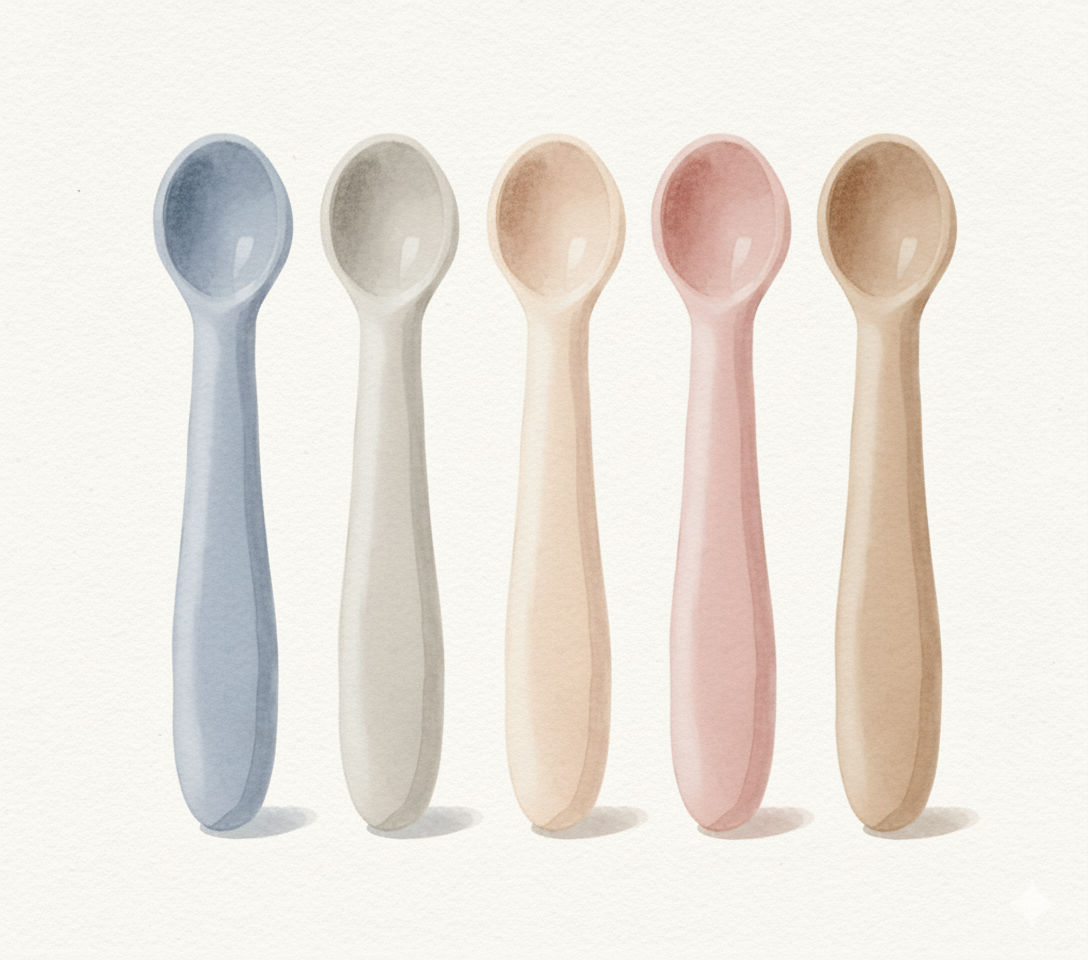Are silicone baby products really safe?
Is silicone tableware better than plastic?
If you’ve ever searched for eco-friendly or non-toxic kitchenware, chances are you've come across silicone items—and possibly some conflicting information.
In this blog post, we’ll break down the most common myths about silicone tableware and uncover the truths behind them. Whether you're a parent, eco-conscious shopper, or just curious, this guide will help you make safer, smarter choices.
What Is Silicone Made Of?
Let’s start with the basics:
Silicone is not plastic. Unlike petroleum-based plastics, silicone is made from silica, a natural material derived from sand. This gives it unique properties that make it a popular choice for families and eco-conscious consumers.
Myth vs. Truth: Silicone Tableware Edition
1️⃣
Myth: Silicone is just another type of plastic
Truth: Silicone is made from sand (silica), not oil.
It’s heat-resistant, cold-resistant, and free from toxic additives like BPA, making it safer for food and baby use than traditional plastic.
2️⃣
Myth: All silicone is safe
Truth: Not all silicone products are created equal.
Low-grade silicone may contain chemical fillers, which can break down under heat or leach harmful substances.
✔️ Look for platinum-cured silicone—a medical- and baby-grade material that’s highly durable and tested for safety.
✅ Tip: Always check if the product is FDA-approved or has passed food-grade safety tests.
3️⃣
Myth: Silicone lasts forever
Truth: Silicone is long-lasting, but not permanent.
Over time, it can absorb oils or odors, leading to stickiness, discoloration, or residue buildup.
That’s a sign it’s time to replace the product.
With proper care, silicone can still outlast many other materials—just remember it's not indestructible.
4️⃣
Myth: Silicone is 100% eco-friendly
Truth: Silicone is not biodegradable, but it is a more sustainable option than plastic.
It:
-
Reduces single-use plastic waste
-
Doesn’t emit toxic fumes like dioxins when incinerated
-
Can be recycled in specialized facilities
Still, choosing durable, high-quality silicone and using it long-term is key to making it an eco-friendly option.
✨ Final Thoughts: Choose High-Quality Silicone for Safety and Sustainability
When shopping for silicone tableware or baby products, here’s what to look for:
✅ Platinum-cured silicone
✅ BPA-free, food-grade certified
✅ No chemical fillers
✅ Clear labeling and safety testing
Making informed decisions helps protect your family’s health and reduces your environmental footprint.
Want more parenting or eco-living tips?
Follow the OM newsletter or subscribe for updates on sustainable living, non-toxic product reviews, and healthy home choices!


Share:
The Simple Solution to Keeping Snacks Safe From Your Curious Cat
The Silicone Snack Cup That Simplifies Your Day